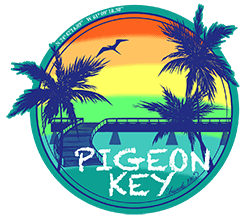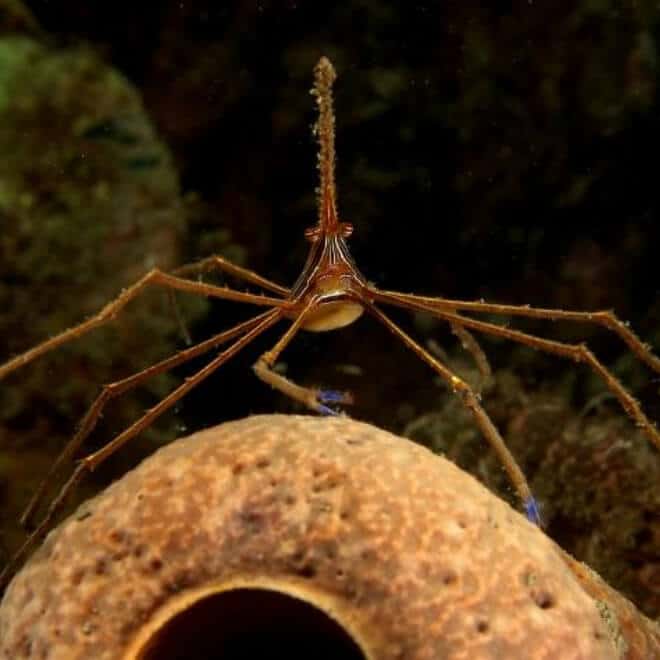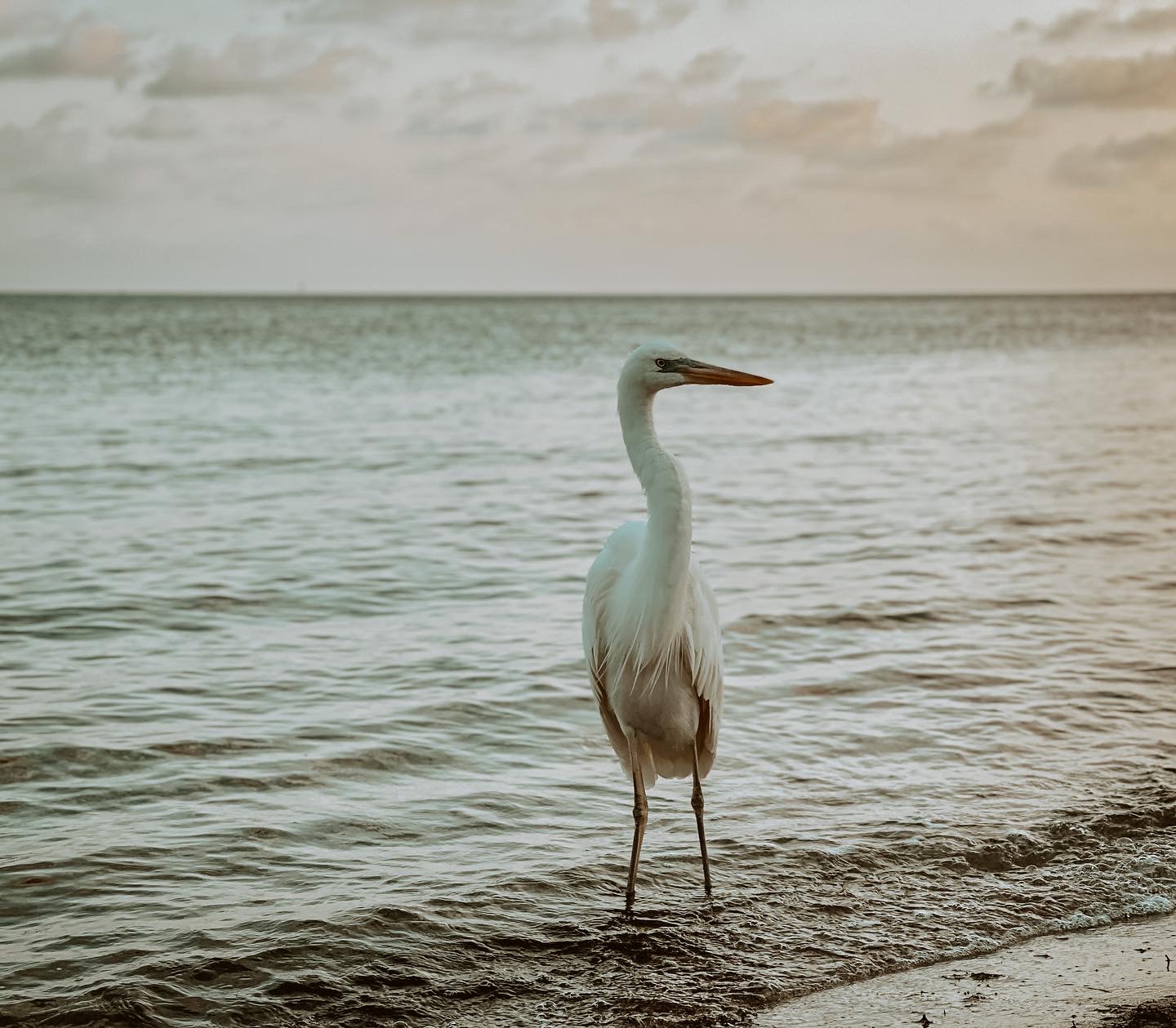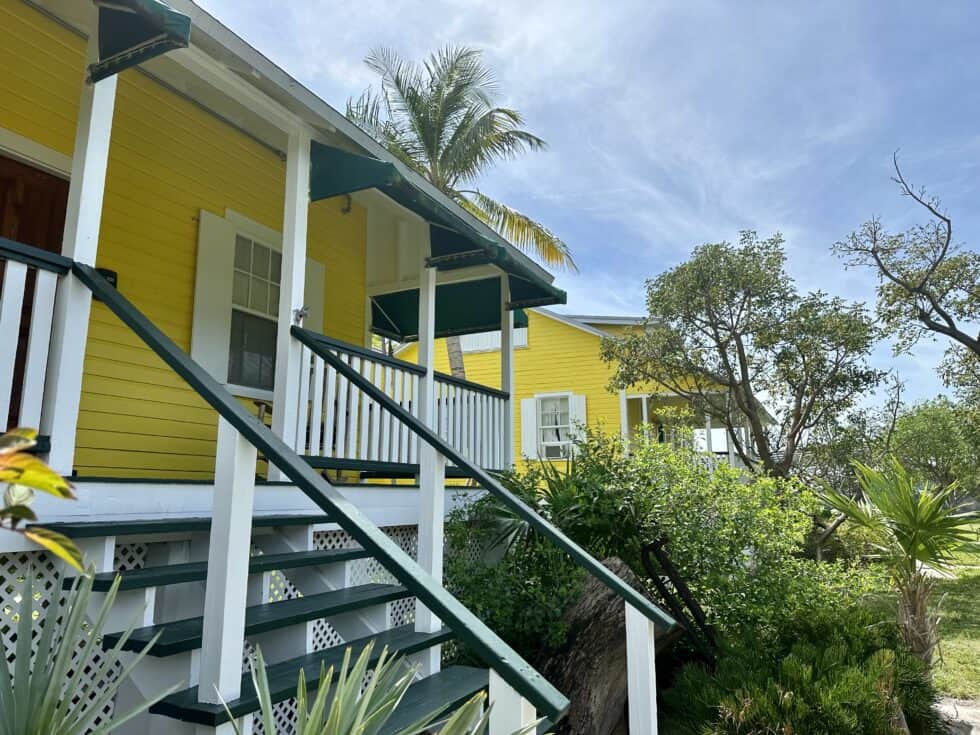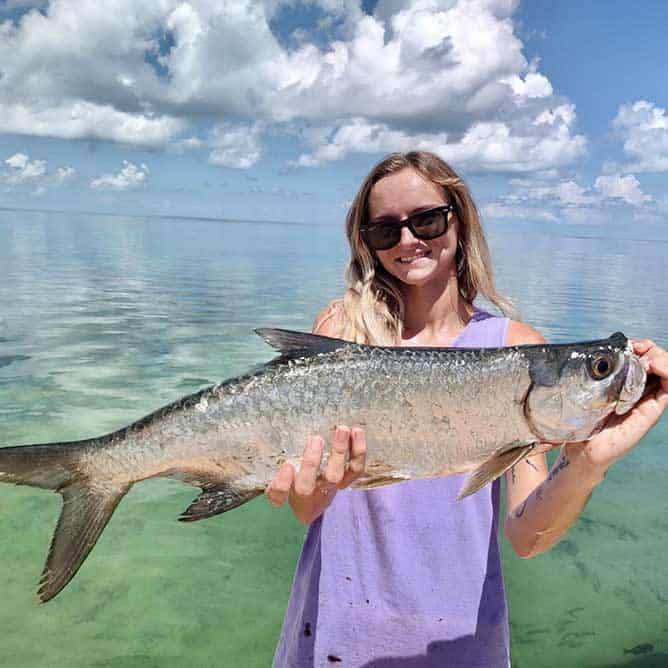Of the 2.13 million known animal species on Earth, animals without backbones called invertebrates make up over 95% of those species. The most diverse animal phylum is Arthropoda, which includes crabs, lobsters, shrimp, insects, and many other terrestrial and marine organisms. The Arrow crab, our featured creature, is an arthropod that has evolved unusual morphological, or physical, features that allow it to be successful in its marine habitat.
Arrow crabs, Stenorhynchus seticornis, also known as Yellow Line Arrow Crabs, are marine crustaceans that reside in reef habitats between 10-30 feet of water along the coasts of Florida and Texas. Arrow crabs get their common name from their small, arrowhead-shaped bodies. They have the body architecture of true crabs, meaning their thorax and abdomen are covered by a carapace or dorsal shell. The arrow crab body color is a medium golden brown with brown, black, yellow or gold stripes on their dorsal side.
These crabs can grow up to 2 inches in length, with males being larger than females, and their legs can grow up to three times their body length! Like all true crabs, arrow crabs have 10 legs, with the front two acting as defense and feeding mechanisms, while the other 8 legs are used for locomotion.
Arrow crabs feed at night, scavenging for leftovers and scraps. They can also be carnivorous, hunting for feather duster worms and other tiny animals along the reef. Arrow crabs are extremely territorial and are often found hanging around sea urchins and anemones for protection, using their long, spider-like legs to blend in with the spines of the urchins.
This type of relationship between sea urchins and arrow crabs is known as commensalism, in which one organism benefits whereas the other is neither harmed nor helped. In this case, the arrow crab benefits by gaining protection and camouflage from the sea urchin, who is unaffected by the crab’s presence. When a predator, such as fish or larger invertebrates, find an arrow crab that they want to eat, the crabs stick their spiny legs forward to act as an ‘arrow,’ making them less appetizing to a predator.
Around Pigeon Key, you can find arrow crabs along the pilings of the Old 7 Mile Bridge, and sometimes near rocks and sponges around the dock when snorkeling. It was a treat to find this organism hanging out with some of our sea urchins and it’s always interesting to see how they’ve adapted their bodies to fit their ecological niche. On your next visit to the island, make sure to keep an eye out for the arrow crab when enjoying the beautiful waters here, in the heart of the Florida Keys.
